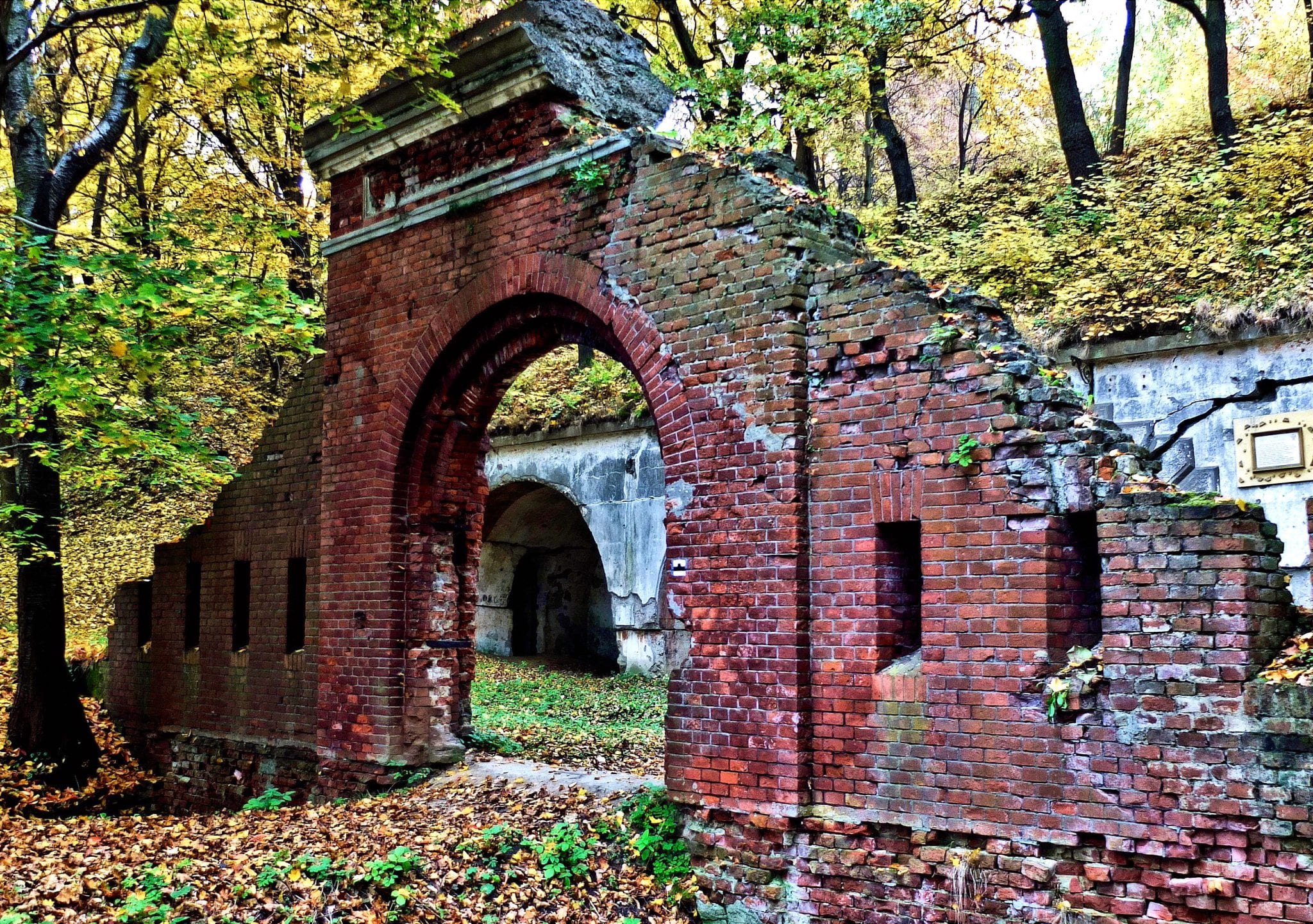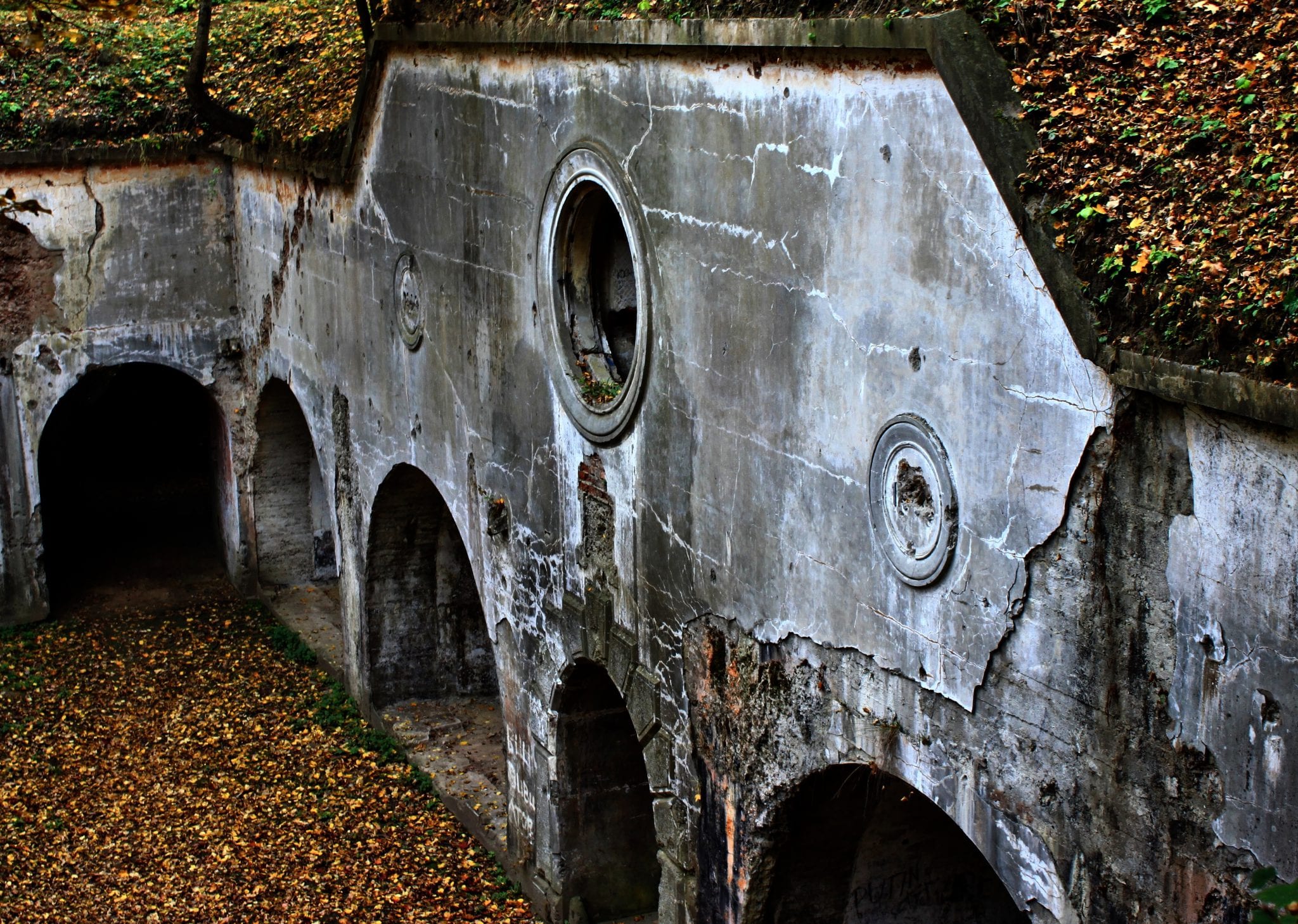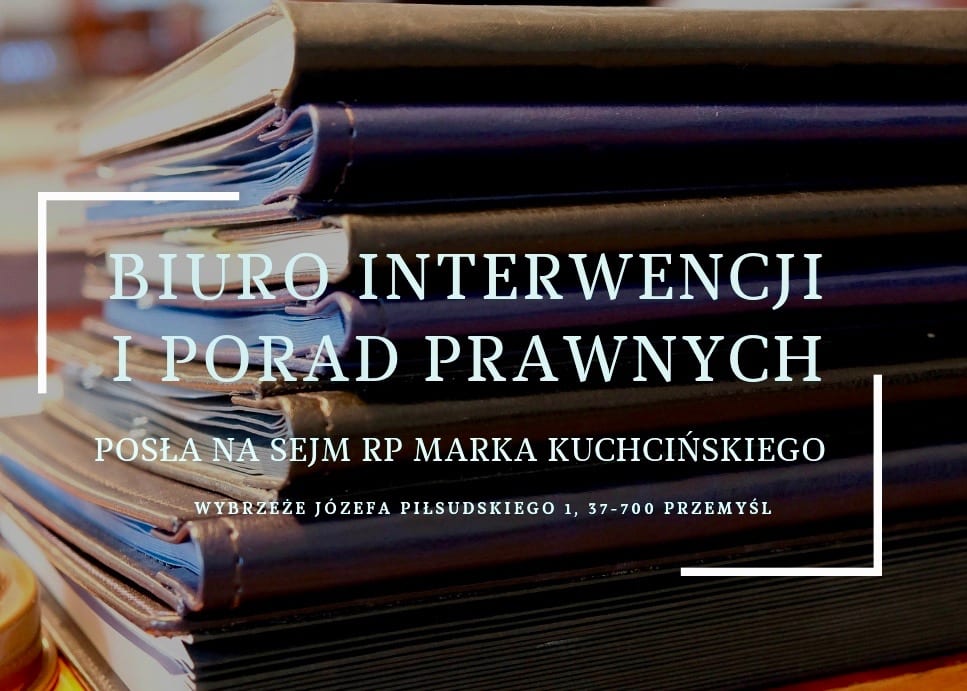Fortification complexes and war cemeteries from the last century of the Habsburg multinational monarchy have a chance to join the prestigious UNESCO World Heritage List. The Speaker of the Sejm Marek Kuchciński sent a letter in this matter, asking for support of the Minister of Culture Piotr Gliński. Writing Part 1 Writing Part 2 The idea has already received a favorable opinion from the chairs of the Visegrad Group parliaments.
In the countries of Central, East-Central and Southern Europe there is a set of monuments with features of uniqueness and universality. They are a mosaic of experiences and views in the field of defensive architecture of the world of that time. The works of these fortifications played a role during the bloody First World War, passing into the world canon of war history, just as it happened with the Przemyśl Fortress, called the "Verdun of the Eastern Front".
The war brought an end to the last European monarchy, based directly on the medieval principles of the Holy Roman Empire of the German Nation, modernizing in the spirit of universalism and pluralism. Its last fruit was an extraordinary spatial project - war cemeteries. This enormous undertaking, both logistical and artistic, was an expression of a unique approach to the sacrifice of life made by soldiers. The archaic, chivalrous attitude to honor and soldierly duty; the Catholic character of the monarchy, with its tolerance and religious pluralism, demanded that all the fallen, including enemy soldiers, should be treated equally before the majesty of death. Hence the idea of fraternal cemeteries, where soldiers of opposing sides rest next to each other.
The universal, multinational and all-human character of the complex of war cemeteries established by the former Austro-Hungarian monarchy is an expression of its exceptional value. It is an unusual ideological, artistic, organizational, and technical rarity, which is at the same time a clear memento, It prompts reflection on the value of peace, the transience of age-old structures and the need for integration between the peoples of Europe.
The unique and universal values of the fortification as a battlefield device, the peculiar scenery of war - selected battlefields and its result - hundreds of war cemeteries, established mostly during the reign of the last Habsburg emperor - Charles I, today a blessed of the Catholic Church, entitle to consider their prospective cross-border inscription on the UNESCO World Heritage List.
The strategic location of the fortification monuments makes them a unique complement to the natural and cultural values of such valuable places as: Bay of Kotor, Istria Peninsula, Dolomites, Danube Valley, Vistula Valley or Przemysl Gate. Several fortresses literally represent the common heritage of neighbouring countries: Przemysl (Poland/Ukraine), Komarno/Komarom (Slovakia/Hungary), fortifications in the Dolomites (Austria/Italy), Kotor (Montenegro/Croatia).





